
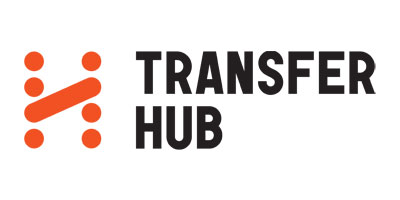
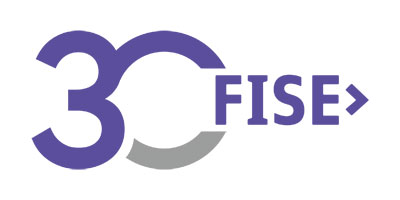
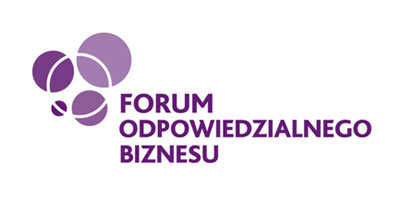
Story about
Kick-Starter
WHAT IS
Kick-Starter
- feel safe,
- can make their own decisions,
- engage in activities that they’re doing for themselves,
- have a sense of self-worth, self-respect, and recognition of their knowledge and experience.
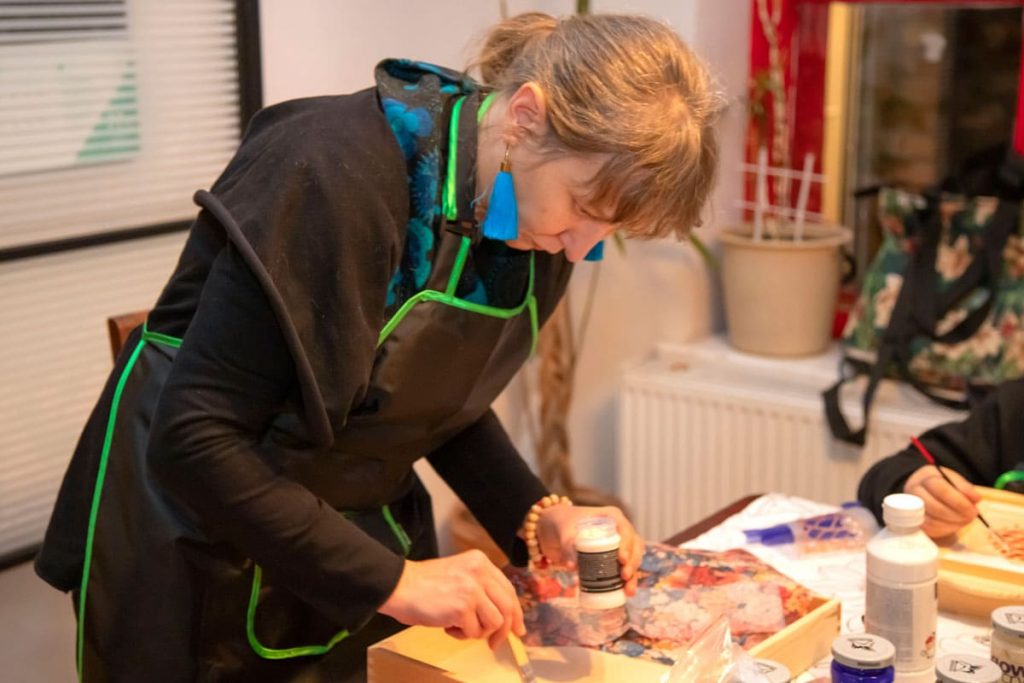
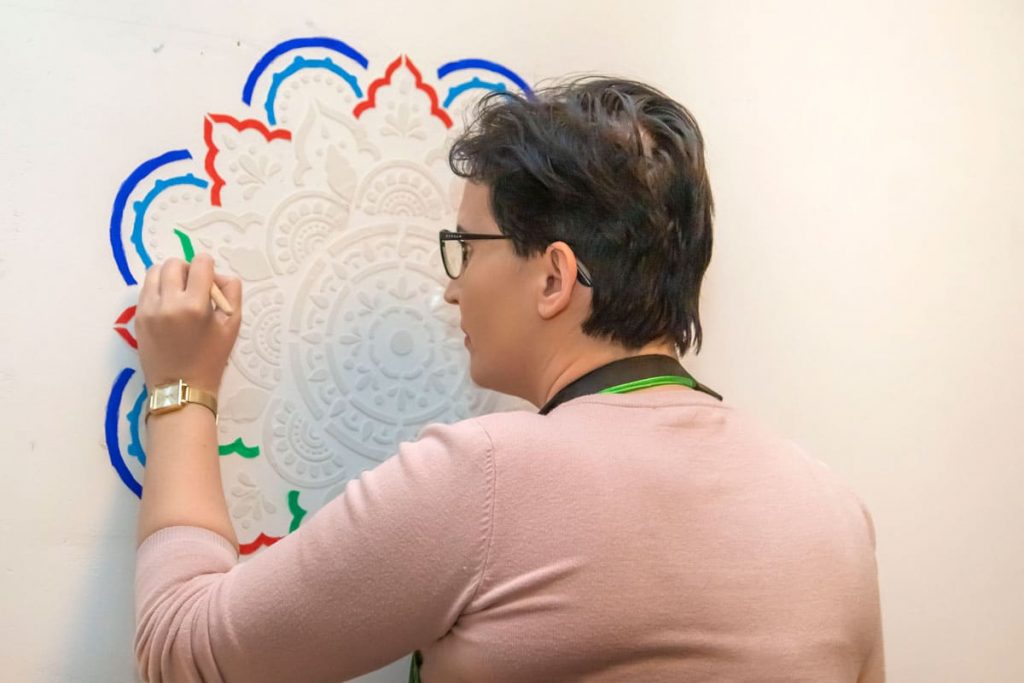
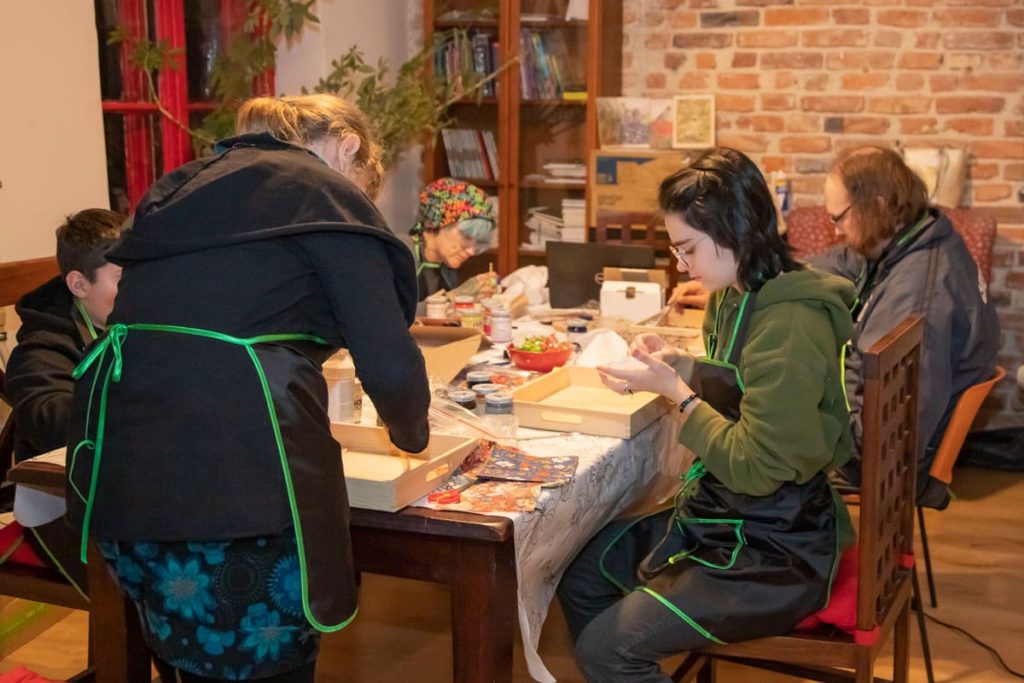
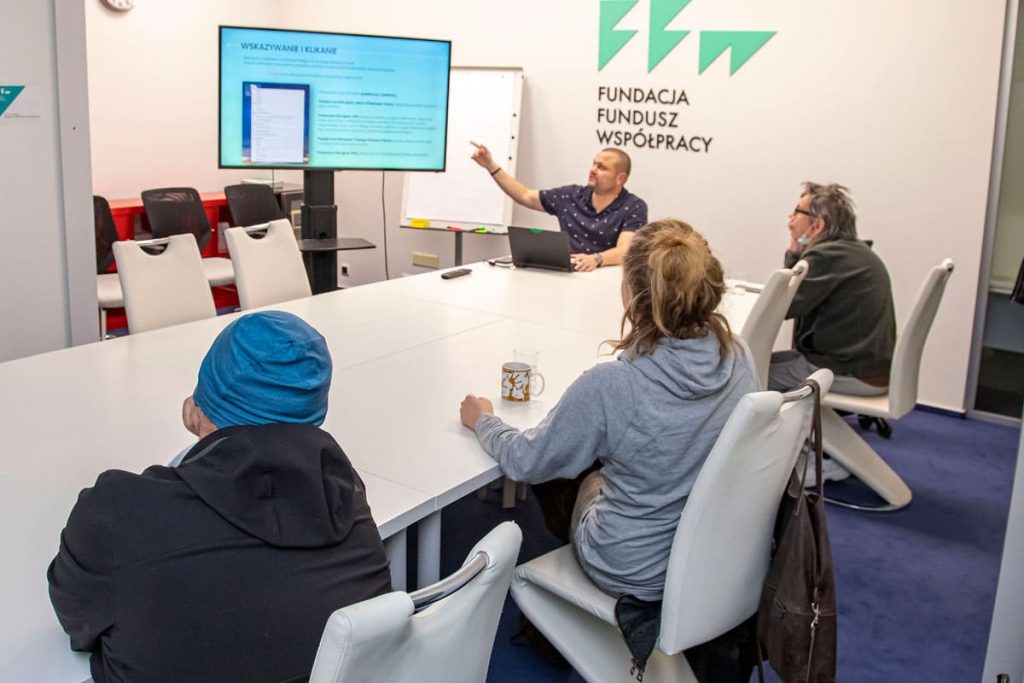
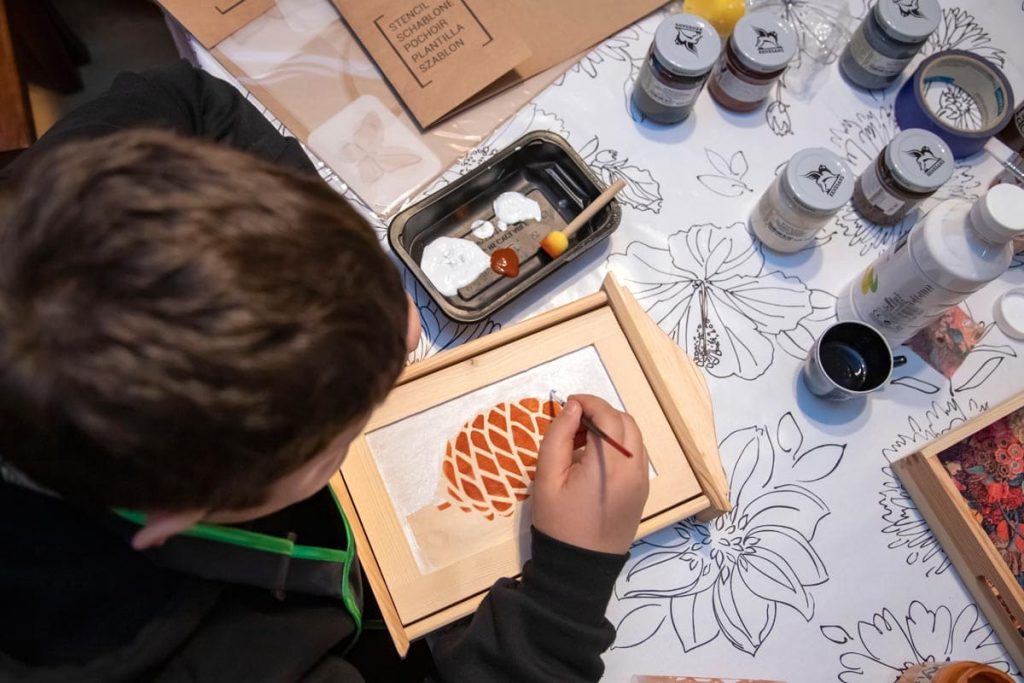
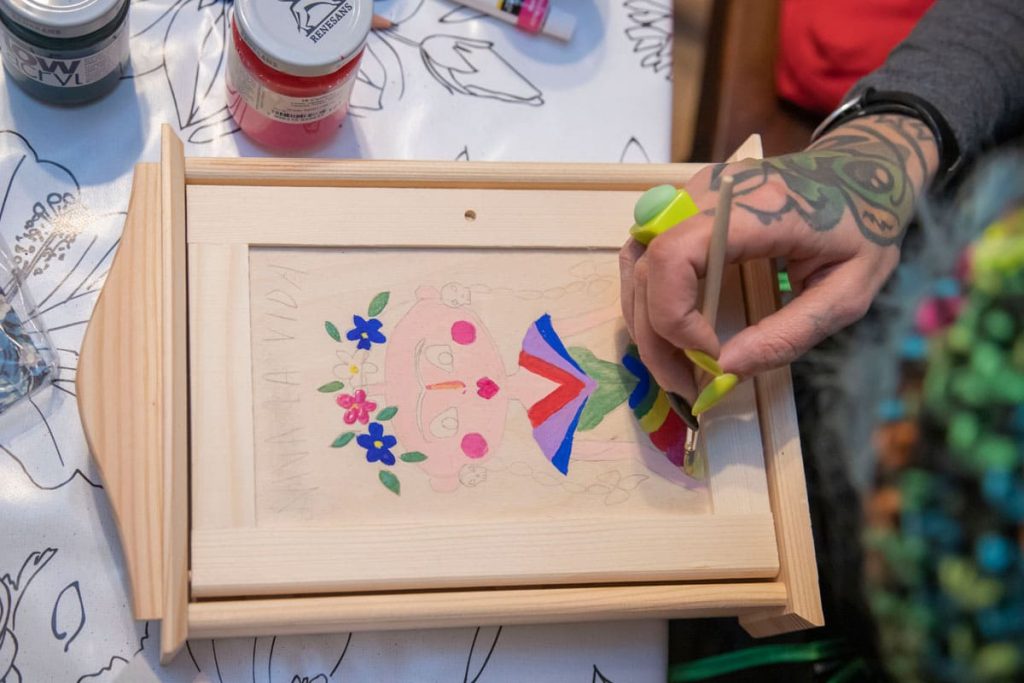
ACTIVITY
TOPICS
HANDS-ON ACTIVITES (HOBBIES, THERAPEUTIC ACTIVITIES, LEARNING NEW SKILLS)
Artistic activities provide a way for individuals to express themselves. Those with emotional or psychological difficulties often find it easier to open up through art. This is invaluable, as sometimes a therapist can only help through art. It’s important to note that artistic talent isn’t necessary for art therapy: the therapeutic value lies in the creative process itself.
Basic functions of art therapy include:
- Corrective function – regaining psychological balance, relieving frustration, reducing, or eliminating anxiety, treating depression, facilitating communication with others, building a positive attitude, reducing aggression, increasing self-esteem, etc.
- Educational function – enriching inner life, acquiring new skills, expanding knowledge.
- Recreational function – art therapy activities are a way to spend time and relax.
Various artistic techniques are used in art therapy, such as ceramics, decoupage, image transfers, stencil decoration, wall structures, painting, making clocks and cabinets for keys, Christmas decorations, graphic designs, compositions and other color selection, furniture decoration and more. It’s good to come up with new kinds of activities and introduce new techniques so that the participants can learn as much as possible. In this way, they can identify and develop their skills, determine their further training needs, or develop them as a hobby.
New techniques are shown at each session, but if participants request it, we also revisit some known techniques, finish projects started in previous sessions, or use the same techniques to decorate different objects. It’s important to ask about each participant’s needs. When they have many ongoing projects, they choose which one they want to work on. It’s become a place where everyone can come and work on their own thing or work on the same thing when new techniques are introduced.
There’s no obligation to attend all sessions. Each one can be a separate experience but if someone comes after a two-week break to finish a project from the previous session, they can do so.
Everyone sits at one table, talks to each other, shares stories and gets to know each other. The art sessions are not only form the Housing First program participants but also for team members. The sessions are relaxing and therapeutic, teaching cooperation as people help and advise each other. Sometimes one person helps everyone with something they’re particularly good at. Some of the activities require the group to work together, such as creating structural mandalas on the wall.
Many people who have experienced homelessness lack the knowledge or habit of preparing their own meals. They often eat in an unhealthy and random way, such as instant soups.
Therefore, cooking classes focus on simple, healthy, and affordable meals and include showing seemingly simple tasks like making scrambled eggs, which some don’t know how to do.
The program is designed on an ongoing basis, based on observations and feedback from participants, who sometimes need very basic information, such as how to use kitchen tools, spices, or how to separate egg yolks. When planning to prepare a dish, it’s important to consider that not all elements of the preparation process may be clear. It’s crucial to teach Participants how to use recipes – it’s good to go through a few together to explain the meaning of product names or necessary actions. Participants can be provided with printed recipes or even a cookbook when they learn how to follow instructions.
Collaboration is a significant aspect of these classes. Participants share knowledge and skills and work together. They discuss their tastes and preferences, prepare meals to take home, and as they acquire skills, they can be encouraged to cook larger meals and pack them in jars to put them in communal kitchens.
SKILL ACQUISITION
During the testing process of the Kick-Starter program, the English classes were the most popular and were offered at both basic and advanced levels.
It’s important for the instructors to not only be knowledgeable in their subject matter, but also to have experience working with similar groups, be open minded with good communication skills within the group and not only focus on teaching but also on maintaining a positive group dynamic.
Acquiring skills in computer use, navigating the internet, using social media, online banking, searching for information as well as learning how to use a smartphone and the possibilities it offers. The computer class program is shaped following the first class, because it’s difficult to establish specific goals since Participants have different levels of knowledge and experience. At the beginning, the classes cover a range of topics, but with time, some Participants can identify their needs to focus more on specific subjects. Over time, it’s possible to concentrate on learning programs that can help participants find employment, if needed.
PHYSICAL ACTIVITIES
Wen- Do is the only method of self-defense and assertiveness developed by women for women in Poland, which combines physical and mental self-defense techniques. The skills learned in Wen-Do are useful in both personal and professional life. These classes are particularly designed for women who have experienced violence/abuse.
A practice for both body and mind that can improve one’s overall well-being and self-discipline. These classes are designed for both women and men.
For individuals who have experienced homelessness, it may take longer to encourage them to participate in physical activity classes. These classes may be suggested once the individuals become more familiar with the program and location through attending other classes. Nonetheless these classes always receive a lot of interest and are in high demand.


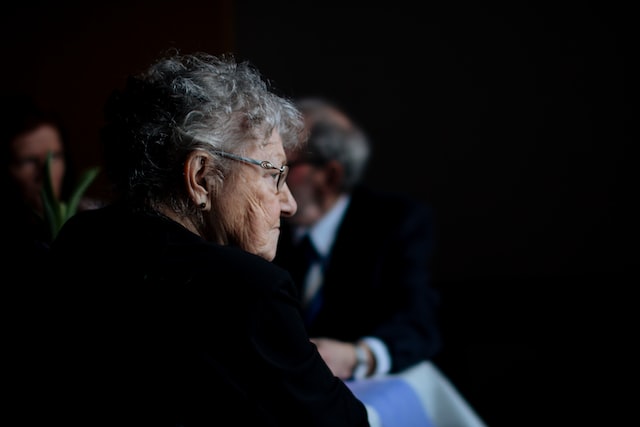
Celem długofalowym jest aktywizacja i reintegracja społeczno-zawodowa, przygotowanie do bycia pełnoprawnymi obywatelami i obywatelkami, świadomymi swoich praw i obowiązków oraz uczestniczącymi aktywnie w życiu społecznym, kulturalnym i na rynku pracy.
